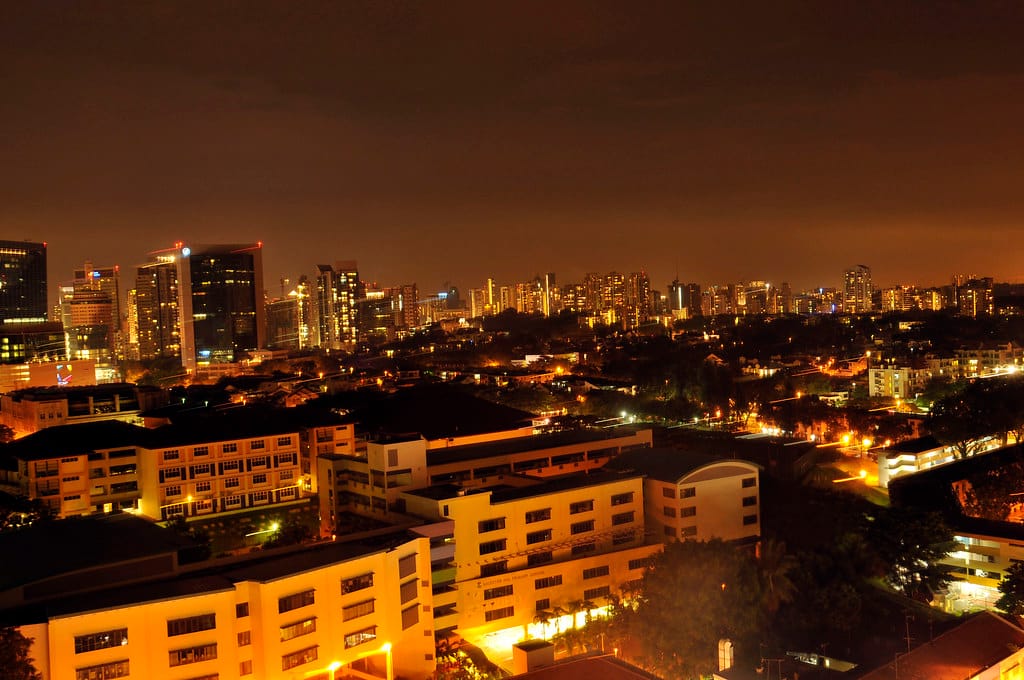Our Darkest Nights Are Getting Brighter—And It's Changing Everything
The night sky that once dazzled ancient civilizations with its carpet of stars is fading before our eyes. New research reveals that artificial light pollution is brightening Earth's darkest nights at an alarming rate of 9.6% per year—far faster than previously estimated. This unprecedented illumination of our planet's darkness isn't just an astronomical concern; it's reshaping ecosystems, human health, and our fundamental connection to the cosmos.
The Scale of Light Pollution Crisis
Recent satellite data from the Visible Infrared Imaging Radiometer Suite (VIIRS) paints a sobering picture of our increasingly illuminated planet. Scientists analyzing global nighttime brightness patterns have discovered that areas experiencing the most rapid light increase aren't necessarily major cities—they're often suburban and rural regions where new development meets inadequate lighting regulations.
The numbers are staggering: over the past decade, the globally lit outdoor area has grown by more than 2% annually, while the total radiance has increased by 2.2% per year. But ground-based observations tell an even more dramatic story, suggesting the rate of change is nearly five times higher than satellite measurements indicate.
Wildlife Paying the Price
The ecological consequences of vanishing darkness extend far beyond romantic notions of stargazing. Migratory birds, which rely on celestial navigation, are increasingly disoriented by artificial lights. The Fatal Light Awareness Program estimates that up to one billion birds die annually in North America due to collisions with artificially lit structures.
Sea turtle hatchlings, programmed by millions of years of evolution to follow the brightest horizon (historically, moonlight reflecting off ocean waves) toward the sea, now crawl toward beachfront developments instead. Marine biologists report entire generations of hatchlings becoming "disoriented" in areas with significant coastal lighting.
Nocturnal pollinators face similar challenges. Research published in Nature found that light pollution reduces pollination services by 62% in artificially illuminated areas, as moths and other night-active insects are drawn away from flowers toward artificial light sources.
Human Health in the Balance
Our bodies' circadian rhythms, evolved over millennia to respond to natural light-dark cycles, are struggling to adapt to this new reality. The American Medical Association has linked artificial light at night to increased risks of obesity, diabetes, depression, and certain cancers.
Dr. Mario Motta, an astronomer and physician, explains: "Our pineal glands produce melatonin in response to darkness. When nights become artificially bright, melatonin production decreases, disrupting sleep patterns and potentially compromising immune function."
The LED Revolution: A Double-Edged Sword
While LED technology has dramatically improved energy efficiency in outdoor lighting, it may be inadvertently accelerating the brightening of our nights. LEDs emit more blue light than traditional sodium vapor lamps, and this blue-rich light is particularly effective at suppressing melatonin production and disrupting wildlife behavior.
The transition to LED street lighting, while environmentally beneficial in terms of energy consumption, has contributed to the rapid increase in measured brightness. Many communities have discovered their new "efficient" LED systems actually produce more total light than their predecessors.
Solutions on the Horizon
The fight against light pollution isn't hopeless. Several communities worldwide are pioneering "dark sky" initiatives that demonstrate how proper lighting can coexist with safety and security needs.
Flagstaff, Arizona, the world's first International Dark Sky City, has maintained strict lighting ordinances since 1958. Their approach—using fully shielded fixtures, limiting light temperature, and implementing curfews for non-essential lighting—has preserved night sky visibility while maintaining public safety.
Smart lighting systems offer promising solutions, automatically dimming or shutting off when areas are unoccupied. Cities like Los Angeles and Amsterdam are implementing adaptive lighting networks that respond to real-time usage patterns.
Reclaiming the Night
The rapid brightening of our darkest nights represents more than an environmental concern—it's a fundamental alteration of the conditions under which life on Earth evolved. As we stand at a crossroads between technological progress and environmental stewardship, the choices we make about lighting our world will determine whether future generations inherit a planet where darkness still exists.
The solution requires coordinated action from individuals, communities, and policymakers. By embracing responsible lighting practices, supporting dark sky legislation, and recognizing that darkness itself is a natural resource worth preserving, we can ensure that the night sky remains a source of wonder for generations to come.
